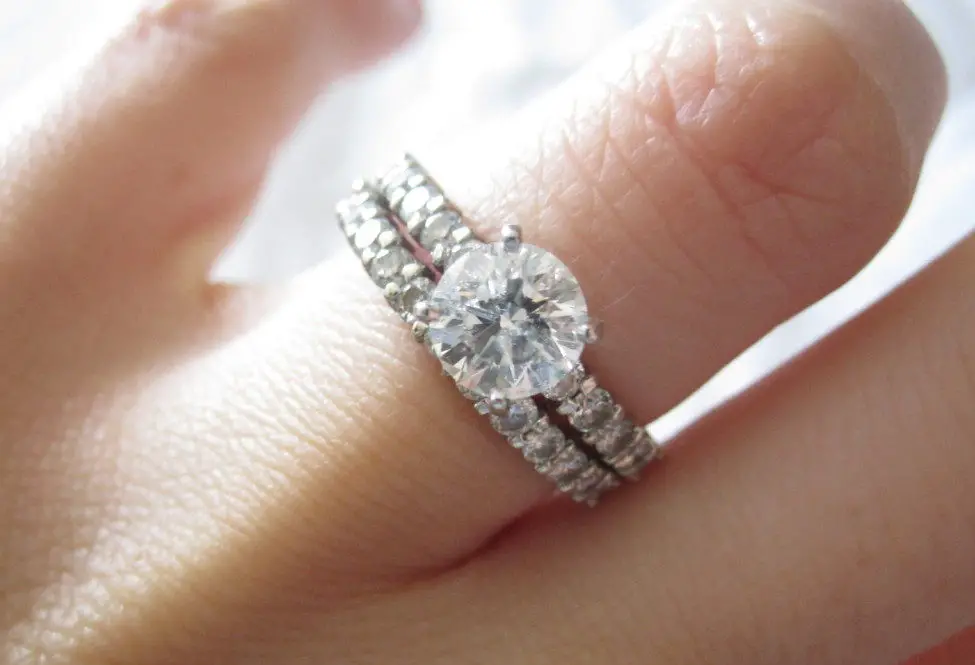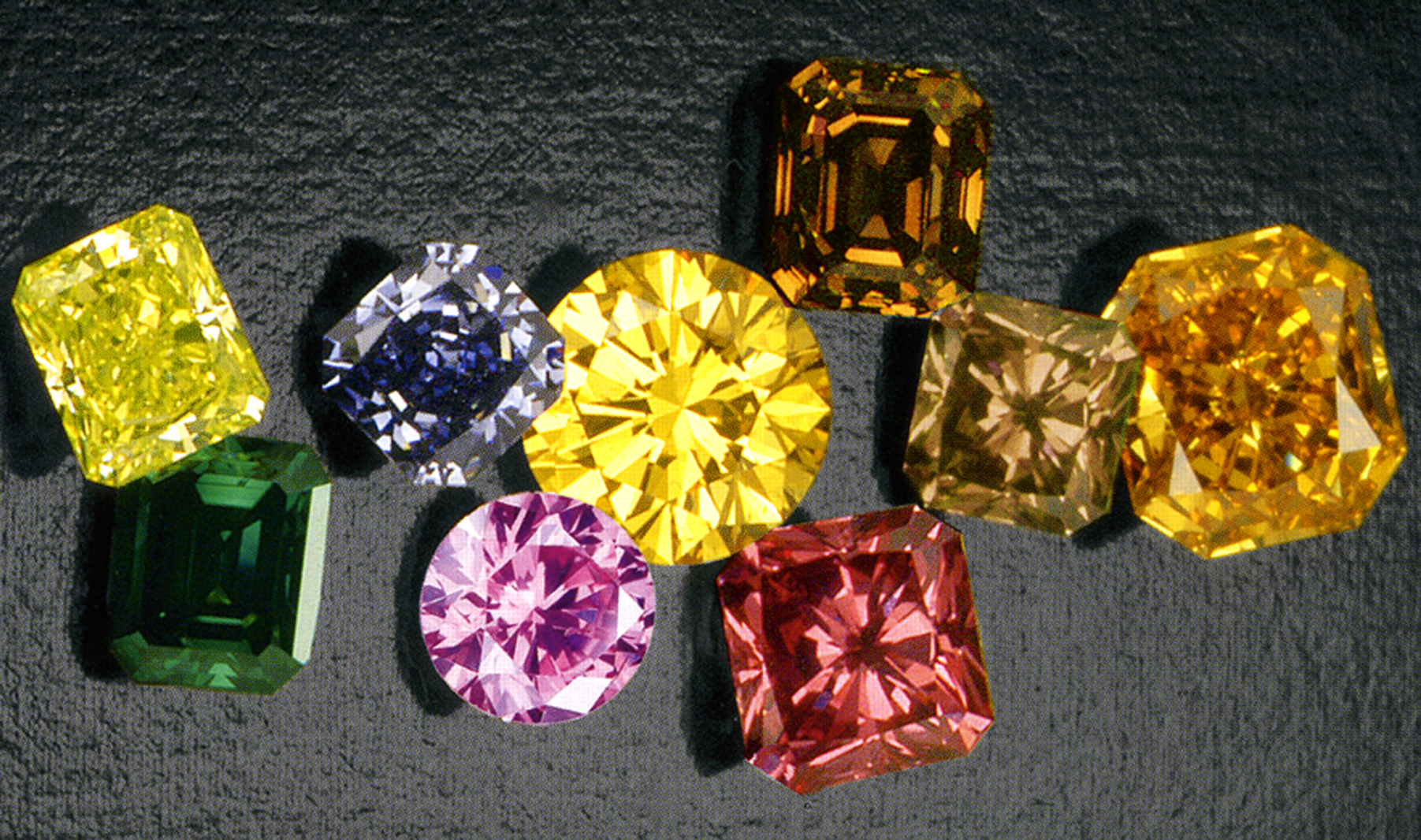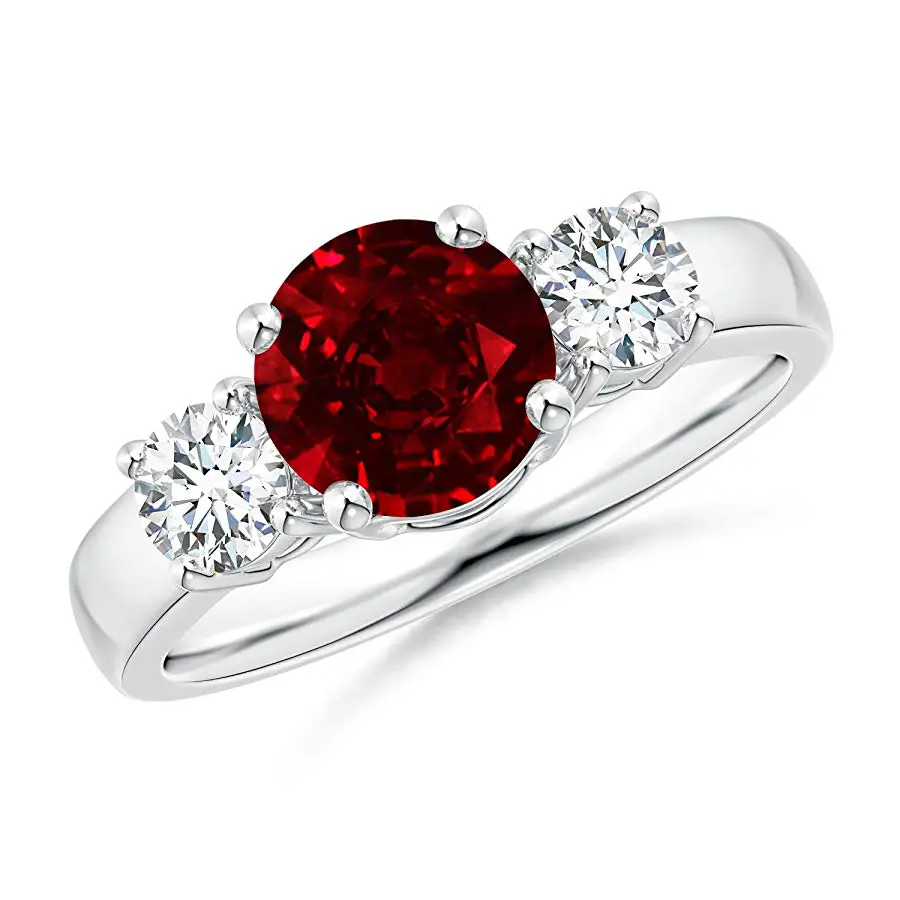How Diamond Rings Are Made?
We know everything about our best friends, right? This includes, ahem, how they are made. Can you say the same for your other best friend? Yes, I’m talking about diamonds!
Do you know the hard work and effort that went into you coming face-to-sparkle with your bestest friend in the whole wide world?
To know a diamond is to love one. And if you knew how to manufacture a diamond, you might just love it even more. The only way to really get a grasp on this whole process is to start at the beginning.
Pick a Stone
What would be a diamond ring without…a diamond? Just a platinum wire with an empty shank, of course! In order to make a diamond ring, someone needs to find a gem to become the centerpiece.
Diamonds are organic chains of crystallized carbons atoms inside of a rock called, “kimberlite.” Kimberlite is excavated from mining caves and crushed into smaller fragments. During this process, kimberlite is pushed through iron bars, hence the whole “crushing” thing. If the kimberlite does not pass through the bars, they are too large and need to be sent through for more crushing.
Crushing Leads to Love
Kimberlite is home to more than just diamonds. Other stones such as zircon, garnet, and mica can be found during the crushing process. Therefore, further processing is needed to extract that precious diamond in the rough.
In order to do so, gravity comes into play, separating diamonds from the rock that surrounds them. A concentration is created by mixing decomposed kimberlite with water inside of a pan. Lighter particles will float to the top, while heavier minerals, such as the diamonds, fall to the bottom.
The heavy materials that fell to the bottom are now placed on a belt covered in petroleum jelly. Diamonds stick to the jelly as water washes away the rest of the minerals. Your new best friend is then cut into the shapes that we all know and love.
Put a Ring On It
Now it is time to get that ring on our finger! Platinum bands are created by melting wire into a spherical shape. A second platinum wire is then divided into the four claws that to attach to the shank.
Now your claws are ready to grasp some diamonds. No, I’m not talking about your fingers. I’m talking about the shank…but if the ring fits, might as well wear it?
The claws get filed and shaped, and then finally polished. The diamond is carefully placed in their clutches, as they are filed and shaped once more so the diamond is held in place. Voila! Your ring is ready to be purchased and adored forevermore.
A lot of hard work and effort goes into the manufacturing of your diamond. Each one is as unique as the journey it went through to get to your hand.
A lot of information came your way, so here is a helpful video summarizing the steps involved in making your best friend.



